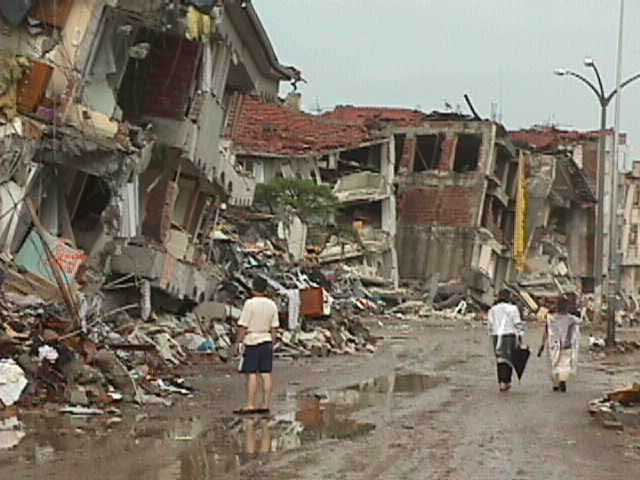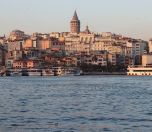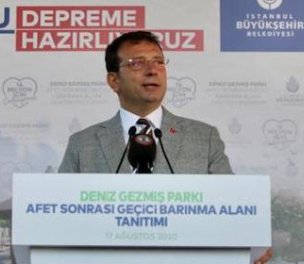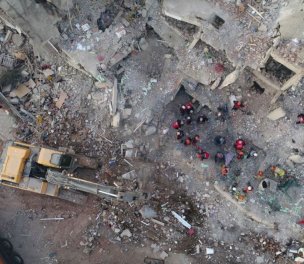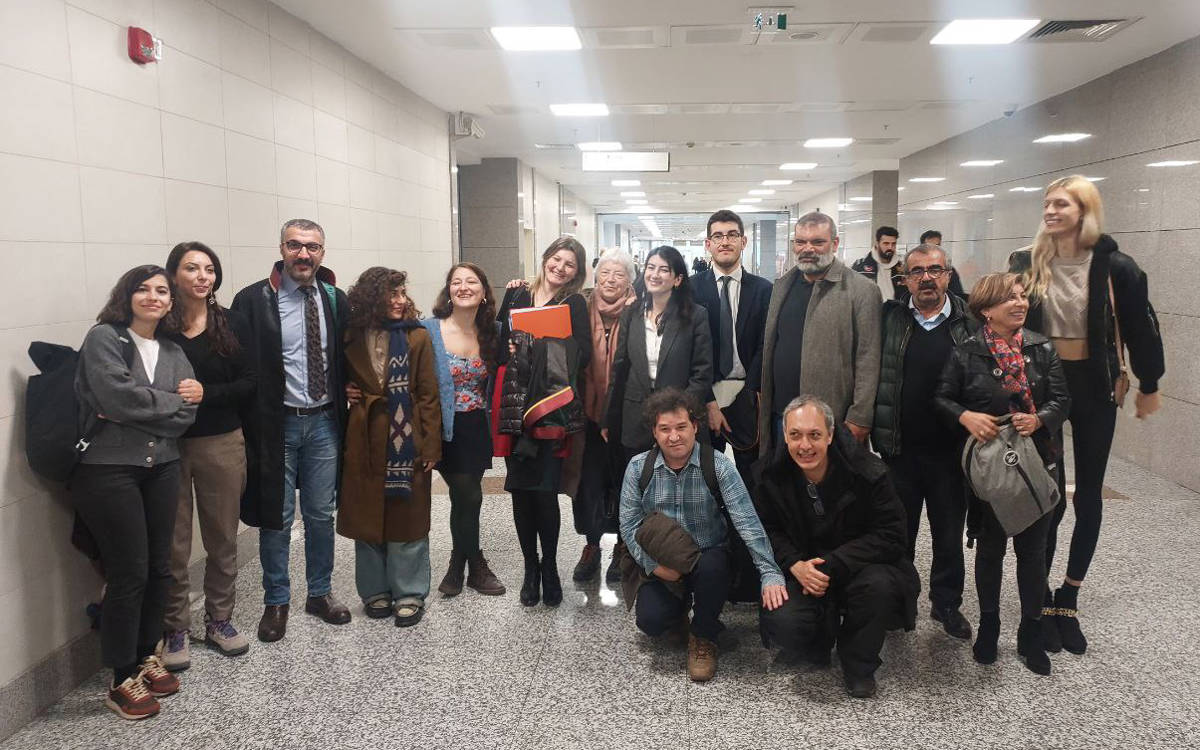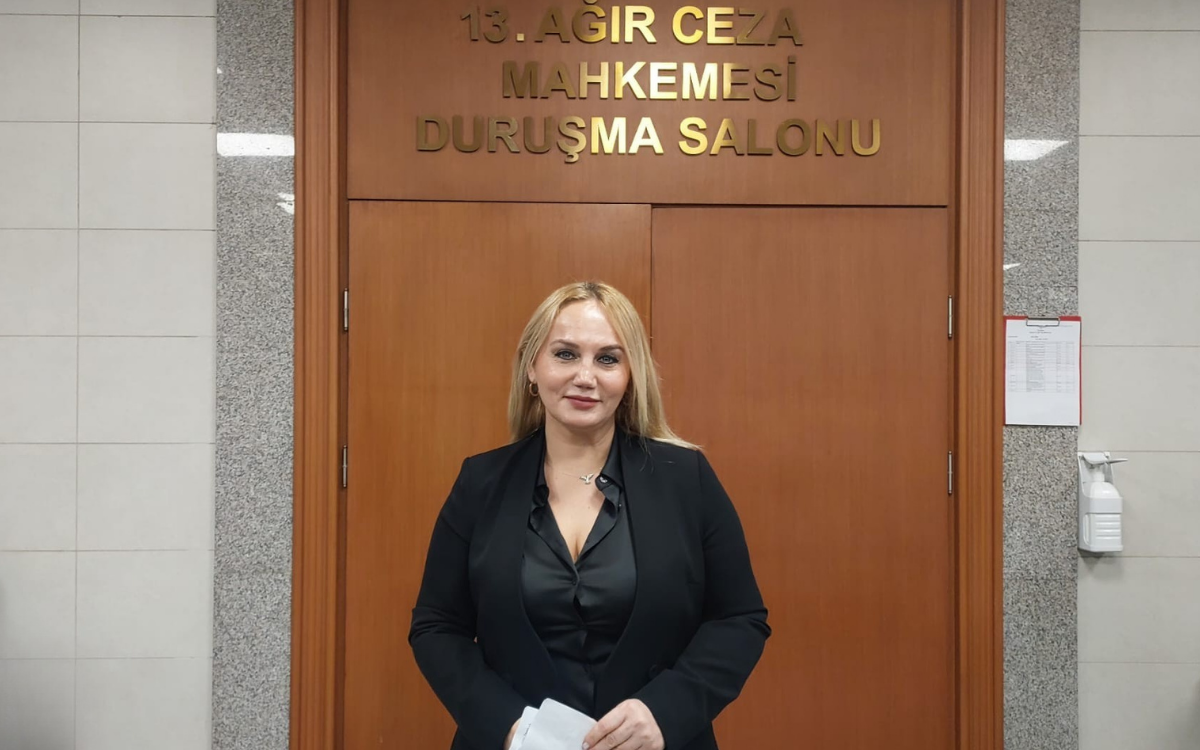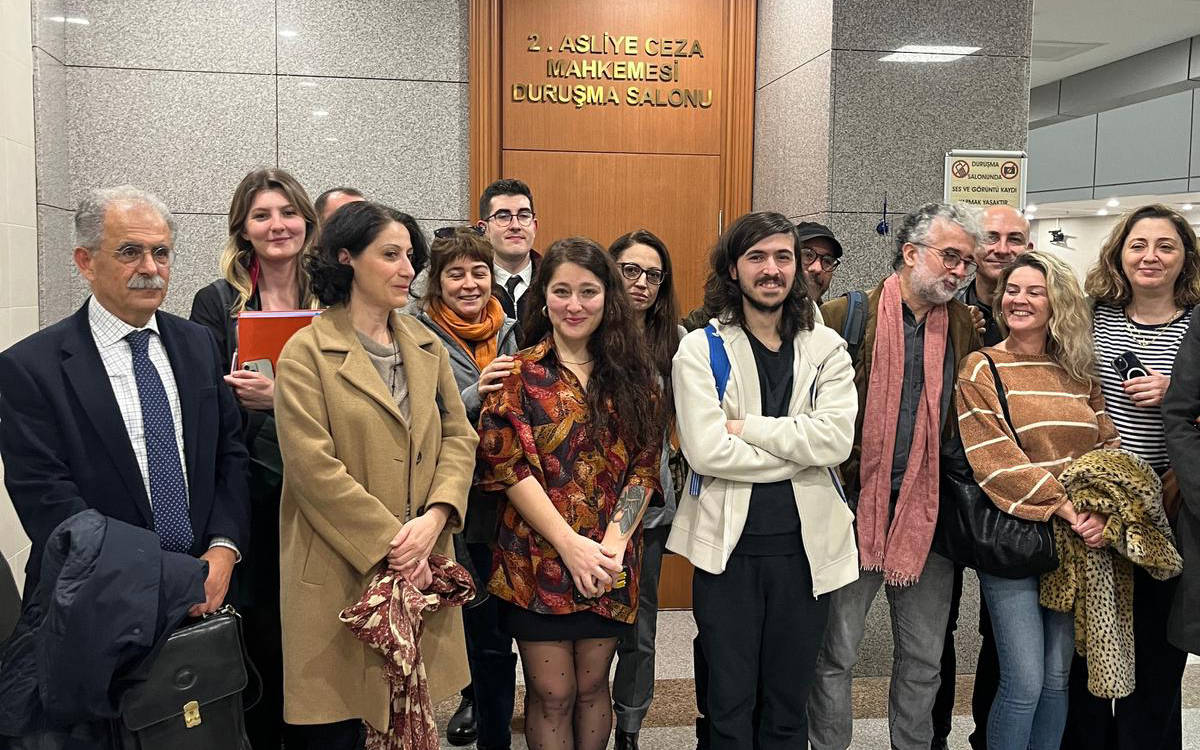Click to read the article in Turkish
Boğaziçi University's Kandilli Observatory and Earthquake Research Institute held a conference on earthquake risks yesterday (August 17), the anniversary of the 1999 İzmit earthquake.
Institute Director Prof. Haluk Özener, Prof. Ali Pınar and Dr. Doğan Kalafat participated in the conference, which addressed issues such as "What has changed and what has not changed since August 17, 1999?" "seismicity of Turkey" and "the expected Marmara earthquake."
Beginning his words with commemorating those who lost their lives in the 1999 earthquake, Özener said there are 456 earthquake monitoring stations throughout the country, with 258 stations in the Marmara Region.
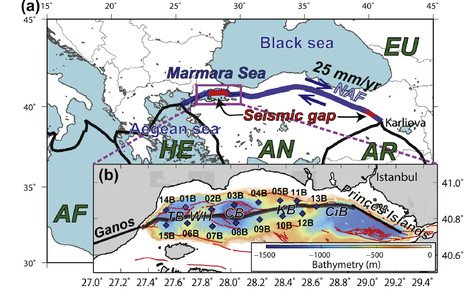
While it would take a half an hour to measure the magnitude of an earthquake in 1999, today it is done in about 30 seconds, he noted.
Since the start of the 20th century, 10,965 earthquakes with a magnitude of higher than 4 were recorded in Turkey and around, he said, adding that 291,046 earthquakes larger than 0.2 have been recorded since 1985.
"This region is not a seismically calm region. So, we had and will continue to have these earthquakes," Özener remarked.
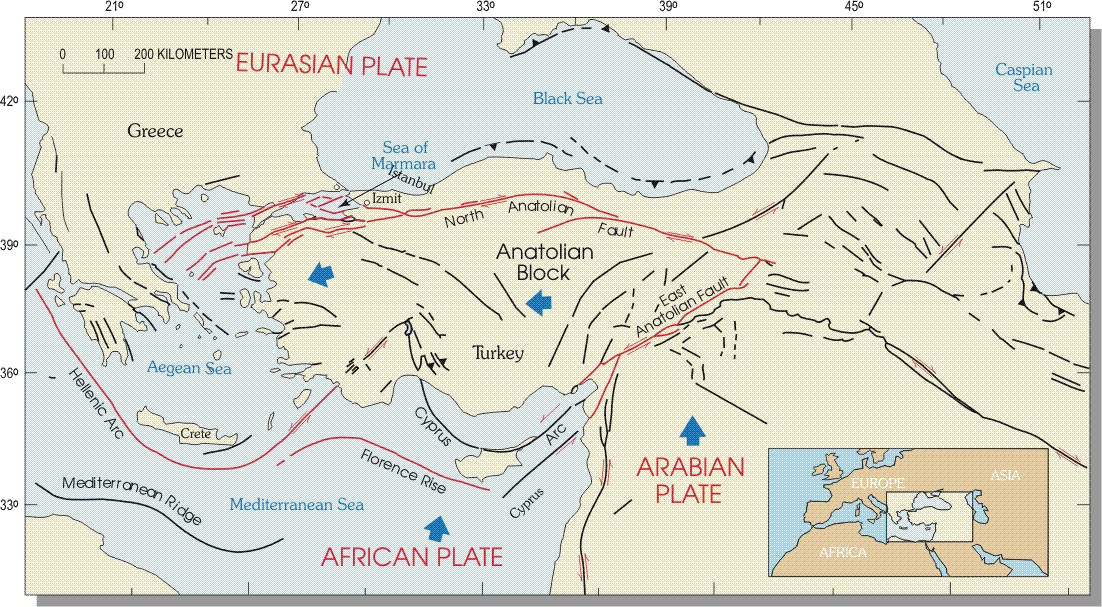 Click on the image to enlarge (Map: Wikimedia Commons)
Click on the image to enlarge (Map: Wikimedia Commons)
CLICK - Kandilli Observatory: We are Quickly Approaching the End
Earthquakes since 1900:
- 3 - 3.9 magnitude: 46890 earthquakes (128 earthquakes a day)
- 4 - 4.9: 4765 earthquakes (One earthquake every 10 days)
- 5 - 5.9: 886 earthquakes (One earthquake every 50 days)
- 6 - 6.9: 83 earthquakes (One earthquake every 18 months)
- 7 - 7.9: 18 earthquakes (One earthquake every 6.5 years)
Also, 25,807 earthquakes have been recorded since August 17, 1999, Özener noted.
Over the past year, 365 earthquakes larger than 4 and 40 earthquakes larger than 5.0 have occurred in the country, he added.
Since the start of this year, 8,548 earthquakes larger than 4.0 occurred in the world and 298 have occurred in Turkey, the professor noted. "Three-and-a-half percent of the earthquakes in the world occur in this region."
Showing a map of the Northern Anatolian Fault, Özener pointed out that only two places have not yet had earthquakes in the sequence that started with the 1939 Erzincan earthquake: the Sea of Marmara and Karlıova in the east of Erzincan.
"The fault passing through the Sea of Marmara is not a one-piece line. It has a faulted structure. Because of that, the seismic movement is very high," added the professor.
"The faults are waiting for the energy to create an earthquake"
"Large and small faults exist in almost entire Turkey. Most of the faults in Turkey have not produced an earthquake for more than 100 years, but they continue to accumulate energy," Özener remarked. "Earthquake intervals are not the same for all faults. They are waiting for the energy to create an earthquake and when it is completed, earthquakes will occur."
Saying that they also expect earthquakes in provinces other than İstanbul and there many places with earthquake risk in the country, Özener warned that everyone should be cautious.
Public awareness about earthquakes
When asked about what he thinks as an academic about the preparedness and awareness regarding earthquakes, Özener said, "As a society, we are more aware than in 1999. We cannot forestall and prevent disasters, but we can reduce their effects."
"Just like we make studies, citizens have come to the point that they can do their part. Buying a home, people now ask whether it complies with the earthquake specifications. While they didn't use to prepare an earthquake bag, they prepare now.
"Of course, people's awareness is not enough. Decision-makers also need to be aware. The building stock's becoming earthquake-safe by renewal is very important. Steps are being taken about these matters.
"But we are restless as a society. We want to take action immediately but after a while, we forget about it. The pandemic started and the earthquake was forgotten."
On the urban transformation in İstanbul, Özener said that people don't view it as a necessity because of the earthquake but a way to increase their homes' values.
"The main problem here is that citizens want to do this without spending money, contractors, on the other hand, want to do this job with the maximum profit. This issue should be solved as soon as possible without greed for profit," he said.
About 1999 İzmit Earthquake
On August 17, 1999, the Marmara Region lived the longest 45 seconds of its history. The magnitude 7.4 earthquake that hit the district of Gölcük in Kocaeli (İzmit) at 03.02 in the morning caused damage not only in Kocaeli, but also in neighboring cities of İstanbul, Yalova and Sakarya. According to official figures, 17 thousand 840 people lost their lives in the earthquake. While 43 thousand 953 people were injured, 505 people became permanently disabled. Tens of people got missing. According to the report prepared by the Grand National Assembly of Turkey (TBMM) Investigation Commission established to analyze the earthquake risks and to specify the precautions to be taken in earthquake management, it is estimated that around 50 thousand people died and 100 thousand people were injured in the earthquake that hit Gölcük. 285 thousand 211 houses and 42 thousand 902 workplaces were severely damaged in the earthquake. 133 thousand 683 buildings collapsed and almost 600 thousand people became homeless. The earthquake that hit the country's industrial center inflicted an irreparable damage on Turkey's economy. Oil refineries, petrochemical facilities, metal facilities, automotive, paper and plastic factories, raw material facilities and others had to stop the production. The total cost of the earthquake was calculated as almost 20 billion dollars. |
(HA/VK)






